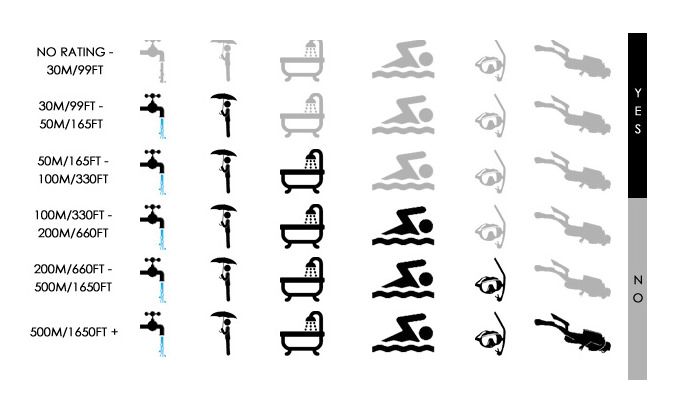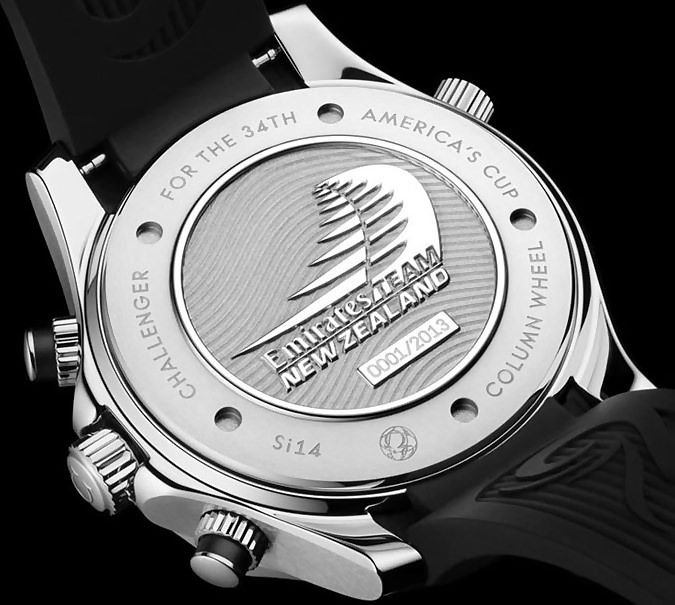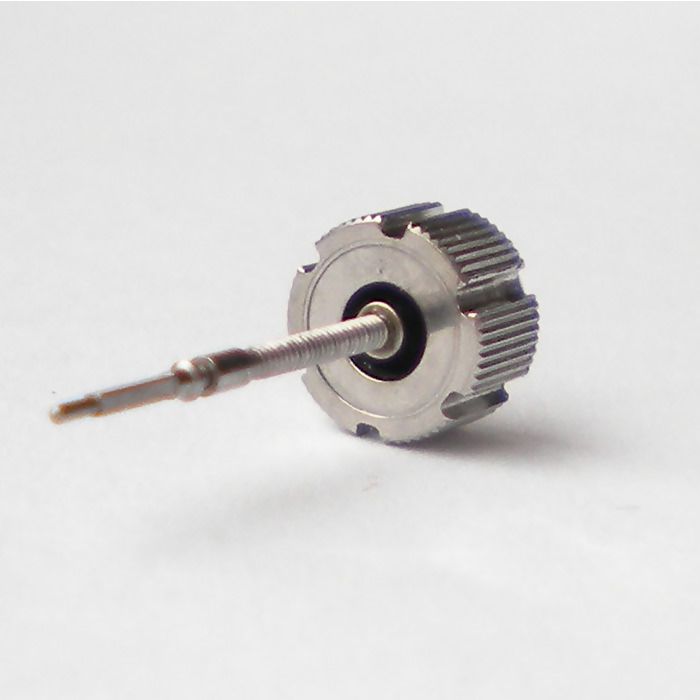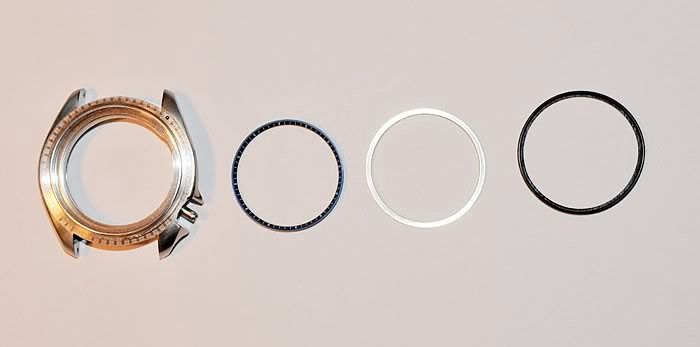FeatureWhat is a water resistant watch?
You know it, you've heard it... But what does 'water resistance' really mean? Find out here
May We Recommend
No watch is really ever waterproof, there is always a limit to how much water pressure a watch can endure. A watch stamped water resistant unless specified by depth basically means that your watch will only survive accidental wetting and no moisture will enter the case. However in certain circumstances anything can happen. A watch that is able to withstand water pressure is thus deemed water resistant.
Water entering the movement of a watch is just about the worst thing that could ever happen to it. Taking the water resistance of your watch for granted without completely understanding the consequences could shorten or even in worst cases end the lifespan of your watch.
We strongly recommend that you keep your watch well within the parameters suggested by the watch manufacturer and have your watch checked by an authorised service centre every year.
The Three Most Important Elements That Make Your Watch Water Resistant
1. The Caseback
It all depends on how the case back is attached to the watch.
Case backs attached with screws are considered to increase the water resistance much more than snap on case backs. These watches will have a water resistance of upto 100m/330ft, allowing light immersion. The slightest deformity to the gasket will however cause water to enter the watch.
The most reliable are the screwed in case backs that are screwed and threaded into the case, creating a double seal (using both threading and gasket as a seal). Usually this type of case back is present in diving watches that have water resistance ratings higher than 100m/330ft.
2. The Crown
The one part of the watch that water is most likely to enter from is the crown stem hole. The stem of the crown is attached to the movement through the case edge. The crown is usually the only part of a watch that is constantly pulled and turned to adjust the time and date. This movement could cause the gasket to suffer compression, chaffing and stress. A slight change in the shape of the gasket or if the crown is not pushed all the way in could cause a breach in the watch, making it vulnerable to water and moisture.
If you do intend to swim or submerge the watch for other activities it is absolutely essential to have a watch with a screw-down crown. The gasket in this kind of watch is compressed and seals the opening when the crown is tightened. Be sure however to not conduct these adjustments with the crown underwater, unless specified by the manufacturer.
3. The Gasket
Also known as ‘O’rings, the gasket is usually made of teflon, nylon or rubber. The gasket forms a water tight seal at the points where the crystal, case back and crown meet the watch case. Chronograph pushers in the watch also have gaskets.
During the water resistance test conducted by the watch manufacturer the watch is observed under static conditions in a laboratory – such as sitting still in a pressurised water tank with a new gasket. Real life actions will have completely different results. For example, your watch may be water resistant up to a 100 meters and one may think that its perfectly safe to go for a swim with it on. The motion of the wearers arm underwater, causes an increase in the pressure, in turn decreasing the degree of water resistancy that was engineered for that timepiece and causing damages worth thousands of rupees to your watch. The watch in question is water resistant upto 100 meters only in the stable environment of the laboratory which cannot be re-created outside.
It would bode well for the wearer to remember that different activities can cause fluctuations in the pressure that the watch is subjected to. Eg: jet skiing, diving into a pool etc.
The Water Resistance Guide
- 30m/99ft: Not suitable for contact with water
- 30m/99ft to 50m/165ft: Suitable for limited contact with water, such as splashes while washing hands or when it’s raining
- 50m/165ft to 100m/330ft: Suitable for pool-side activity, but not really suitable for immersing in water
- 100m/330ft to 200m/660ft: Suitable for for swimming, snorkeling and showering (do not expose to hot water)
- 200m/660ft to 500m/1650ft: Suitable for impact water sports; such as board diving and scuba diving
- 500m/1650ft and above: For professional-level deep-water diving
SOS!
So, you went swimming and forgot to take off your watch before you jumped into the water.
Rush it to the nearest authorised service centre.
If this is not possible at the time, meanwhile, the quickest rescue for your watch would be to immediately wipe off the water with a dry cloth and then place it on a newspaper under the fan.
Do NOT, try to dry it with a hair dryer or place it near extreme heat. This will increase the humidity in the watch, further damaging the movement.
If you do plan on using your watch underwater or under high exposure to water should consider buying a Divers Watch. Diving watches are engineered according to the extreme conditions that they are subjected to. Equipped with Helium escape valves, heavy gaskets around the crystal and case back, a screw down crown and a strong case, these watches are designed for heavy water usage with the ability to travel up to 200 meters deep.










